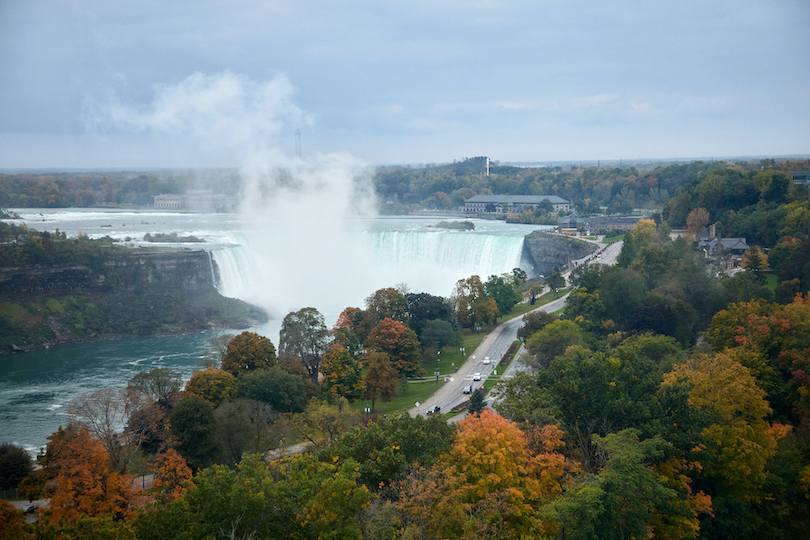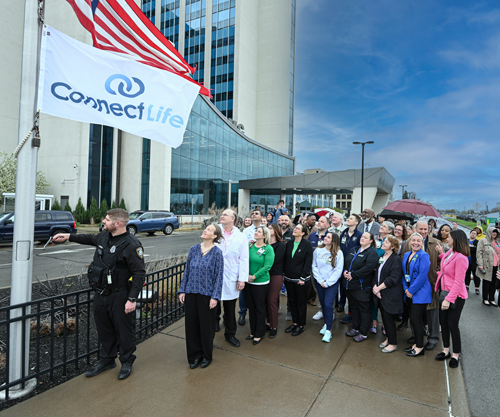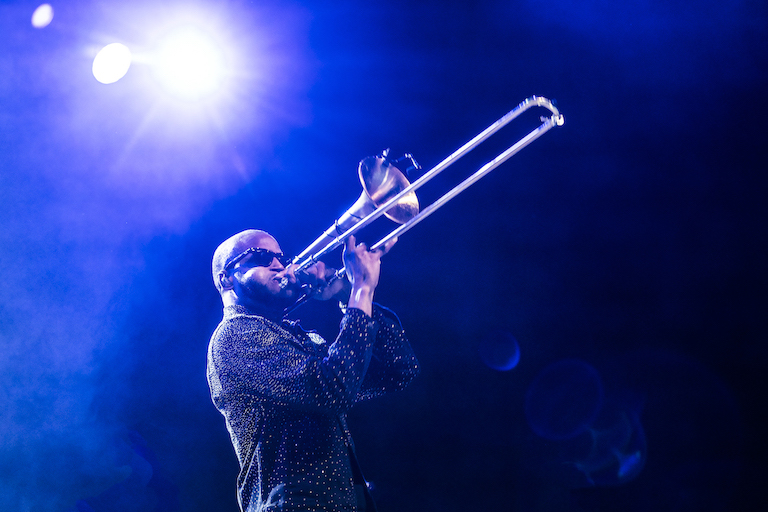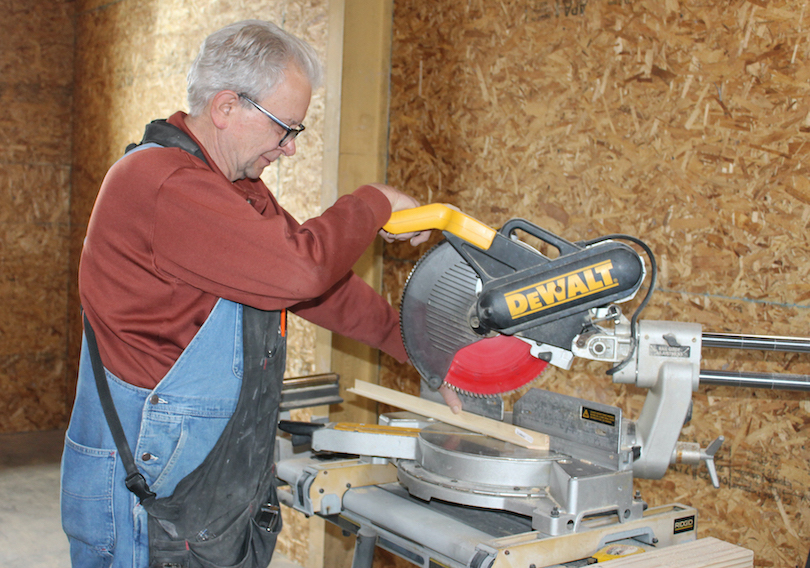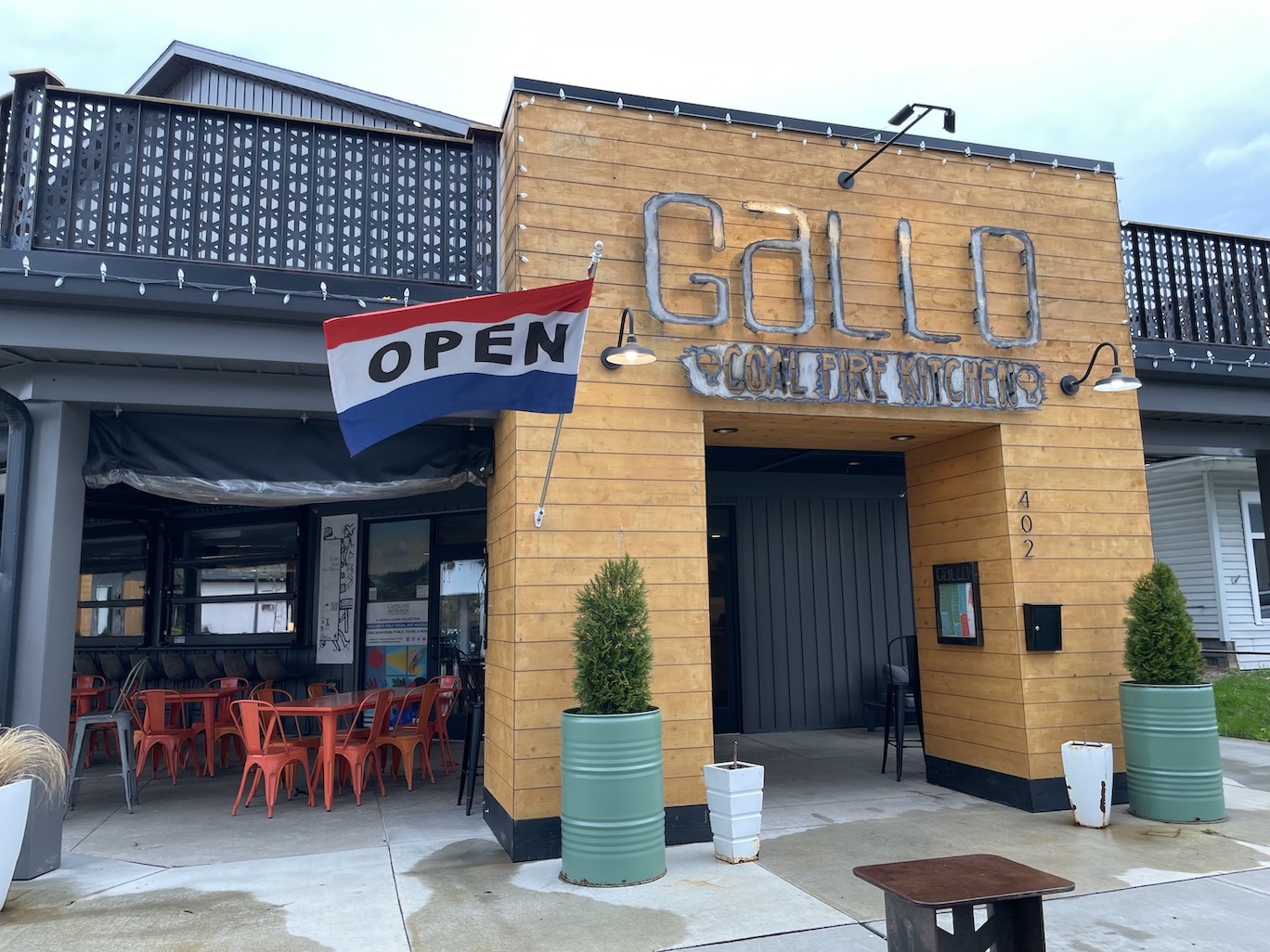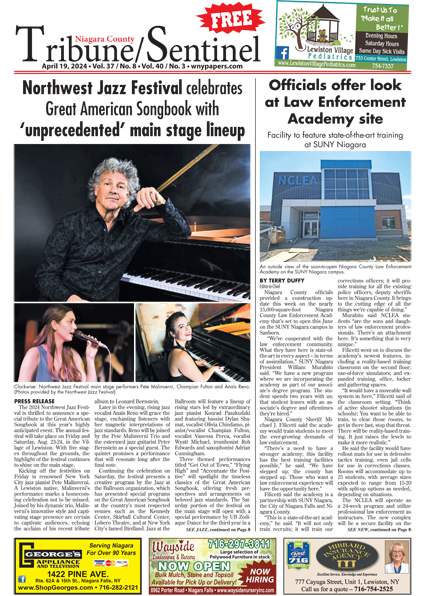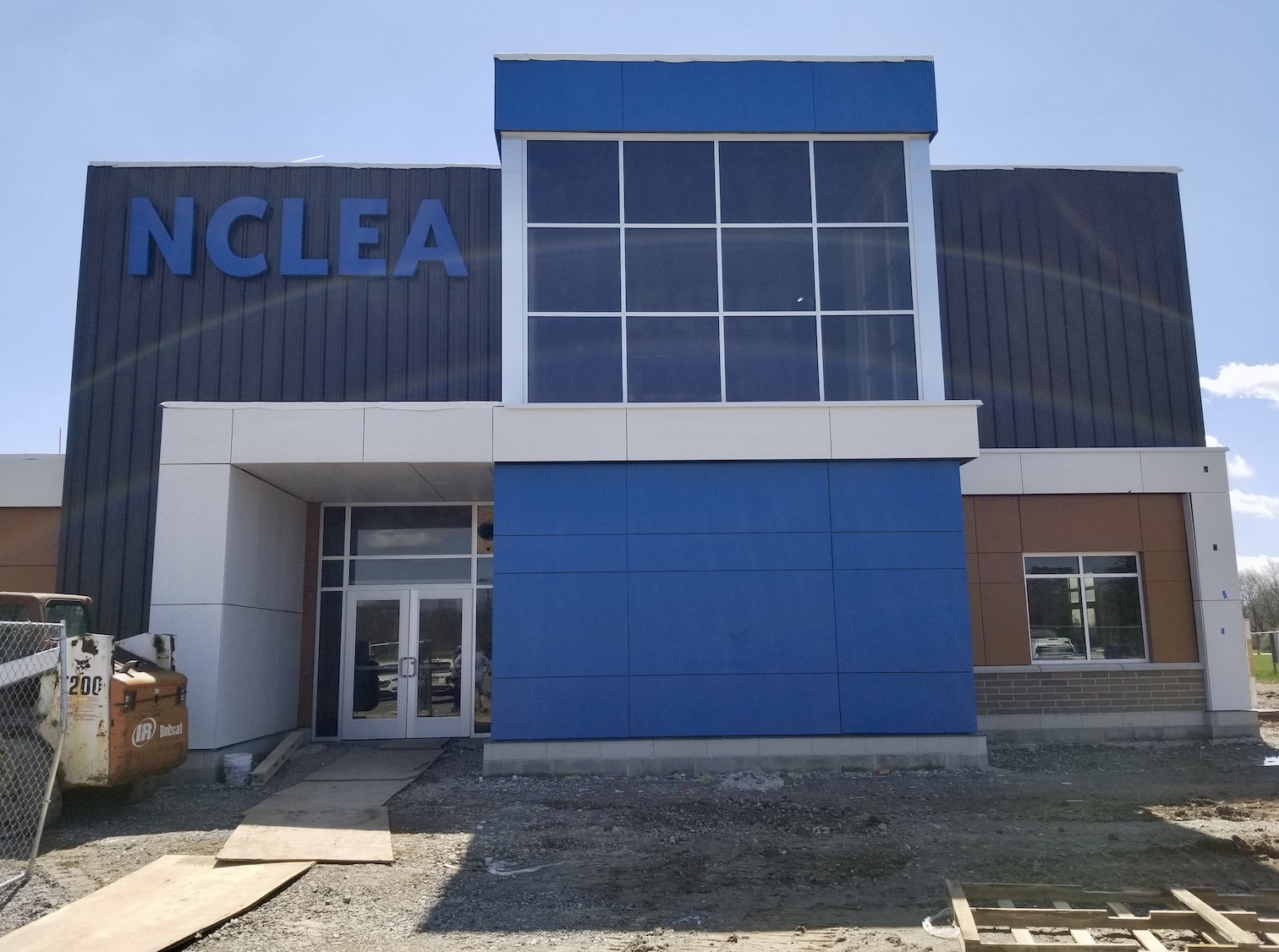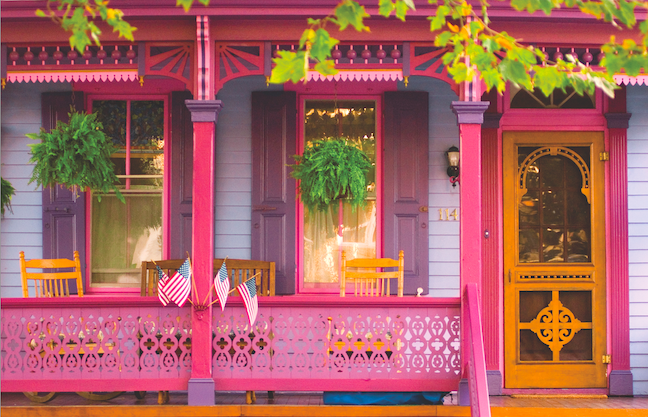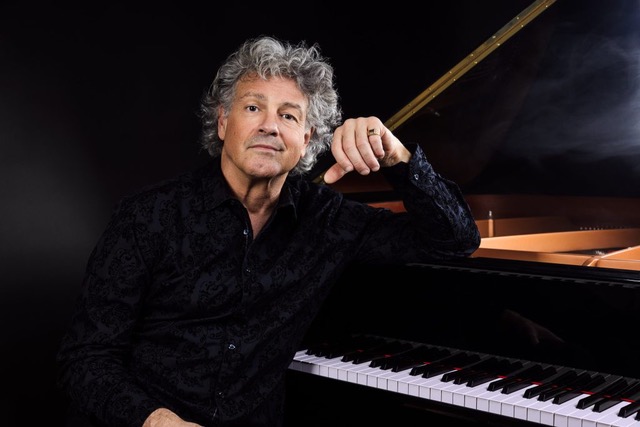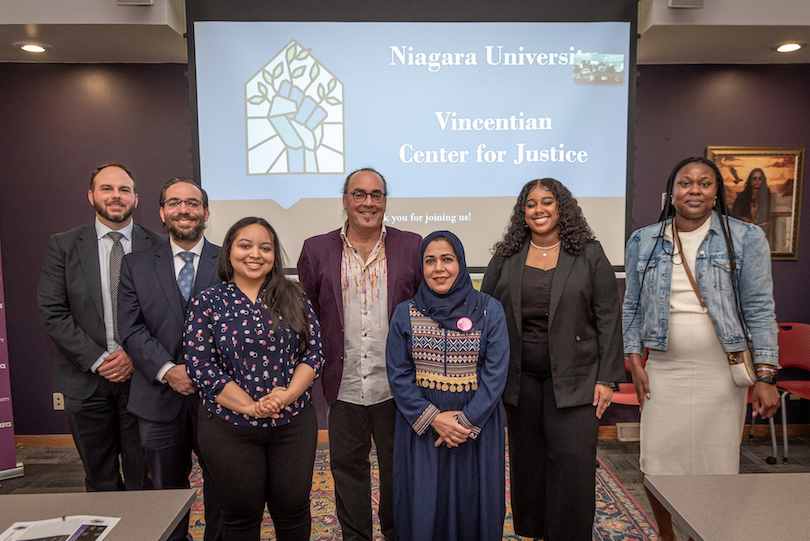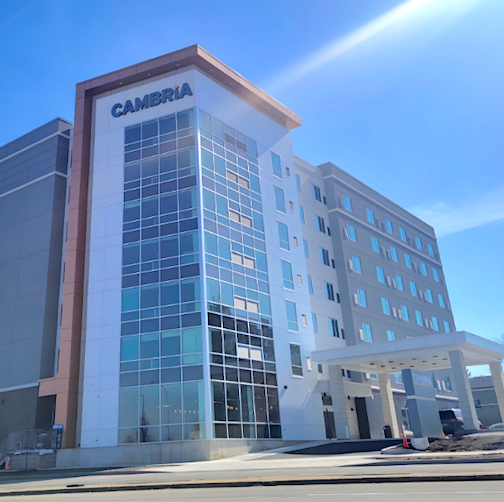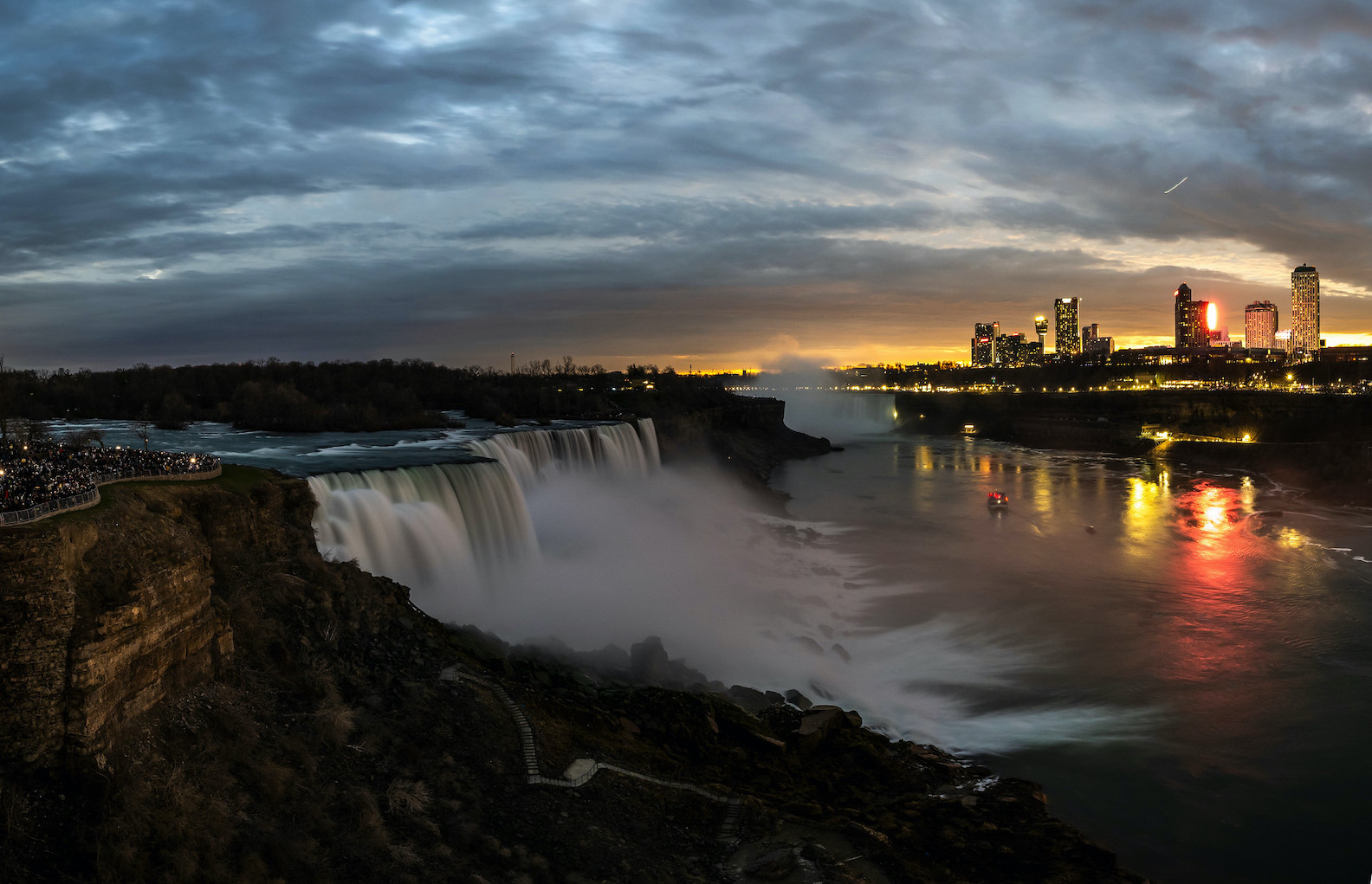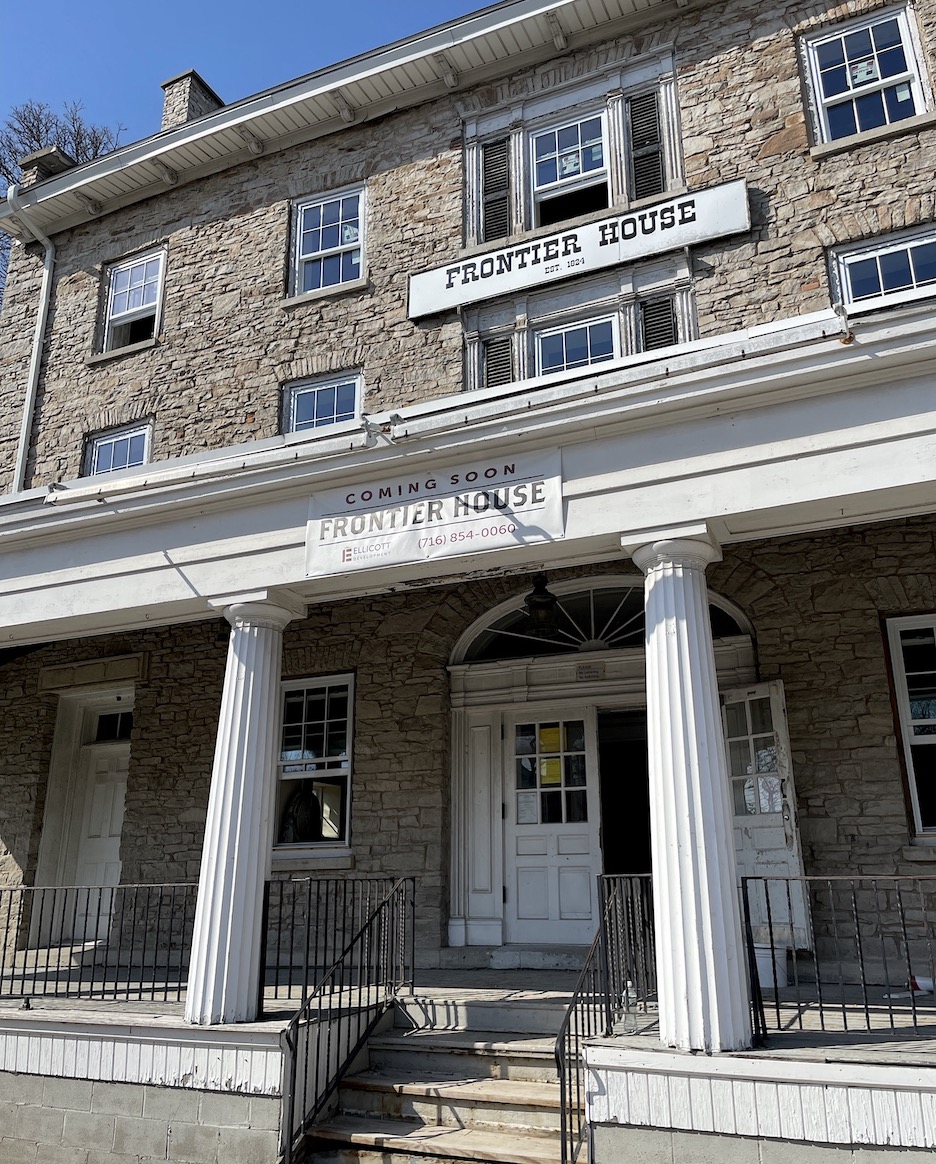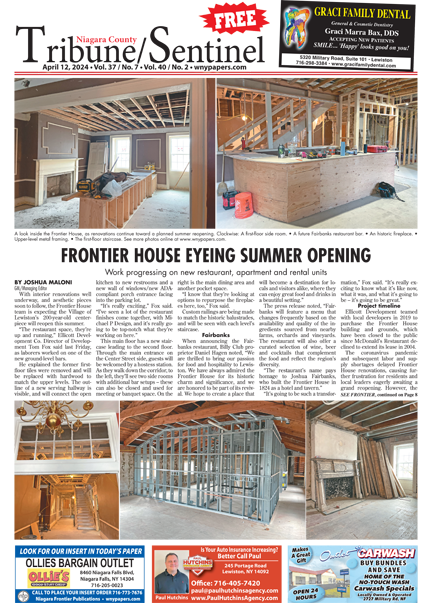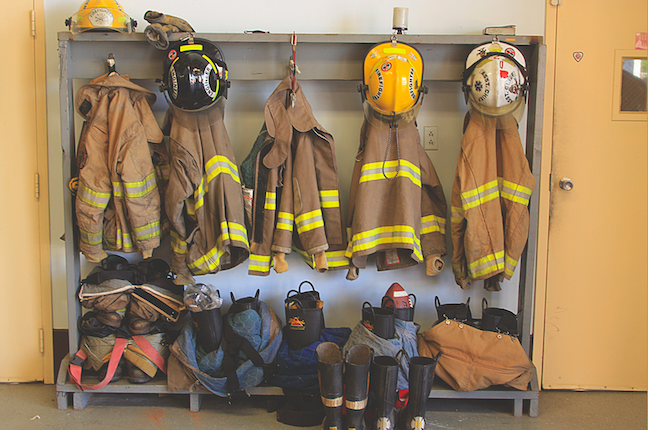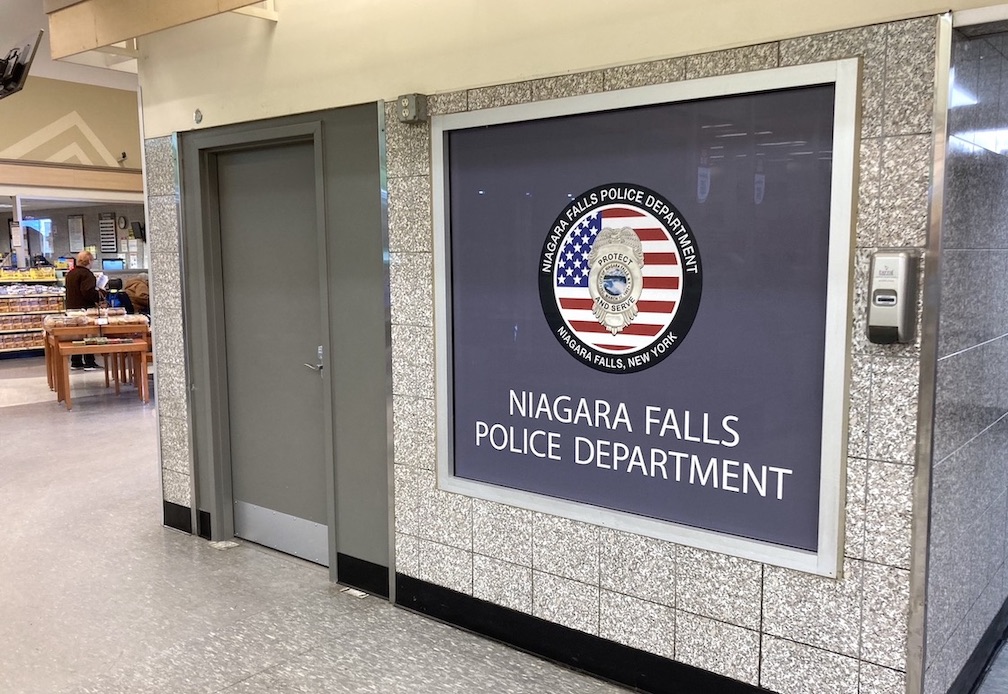Featured News - Current News - Archived News - News Categories
School of Architecture and Planning will establish the Rudy Bruner Center for Urban Excellence, building on the body of work by national Rudy Bruner Award (RBA)
By the University at Buffalo
A decades-long partnership has resulted in a significant gift to the University at Buffalo’s School of Architecture and Planning and will support the creation of a new research and educational center focused on innovative thinking and conversation about the role of design in cities.
The $5 million endowed fund from the Bruner Foundation establishes the Rudy Bruner Center for Urban Excellence at UB (RBC), which will serve as a living resource and tool for research, scholarship and practice related to urban development and the process of enabling beautiful, just and resilient places. The center will be partnered with the UB Regional Institute, a research center of the School of Architecture and Planning, and with the UB Libraries.
The center builds on the legacy of the Rudy Bruner Award for Urban Excellence (RBA), a national design award founded in 1985 and named after Rudy Bruner, who with his wife Martha, started the foundation in 1963 to promote innovative thinking about complex social issues and foster meaningful change.
Until the final awards in 2019, the RBA recognized and thoroughly documented 88 transformative places in the United States that have contributed to the economic, environmental and social vitality of communities. It has further developed a research collection of almost 1,000 self-report applications for award consideration.
“The Rudy Bruner Center for Urban Excellence will enhance UB’s ability to meaningfully serve society – in this case, by contributing to people’s well-being where they live and work,” UB President Satish K. Tripathi said. “This impactful gift enables our School of Architecture and Planning to greatly advance interdisciplinary knowledge while reaffirming our institutional mission to build a better world for all.”
Both the transition of the RBA and the development of the center are the culmination of a decades-long partnership between Simeon Bruner, founding principal of Boston-based Bruner/Cott Architects, and Robert G. Shibley, the longtime dean of UB’s School of Architecture and Planning. Shibley recently announced he will step down from his leadership post to resume his faculty position as SUNY Distinguished Professor in the school, along with serving as the center’s inaugural director and Rudy Bruner Chair in Urban Excellence.
“The transition from an active awards program to a research institution is an interesting challenge. Bob Shibley was instrumental in designing the RBA and has contributed to every round,” Simeon Bruner said. “We are confident that he will use the trove of information we have developed over the years to continue to explore creative solutions to the complex problems of placemaking.”
The materials and documentation compiled over the RBA’s nearly 40-year existence will be maintained as the Rudy Bruner Award Collection, to be housed within the UB Libraries. The center will draw upon the collection as a platform for transformative research, teaching and professional engagement.
The collection aims to improve access to and curate the repository of papers, books, program materials and digital archives on urban excellence. It will serve as a resource for anyone interested in architecture, urban design and urban planning, and ignite new research, discussion, advocacy and ideas, and solutions.
“For over 30 years, the University Libraries have partnered with the UB School of Architecture and Planning and the Bruner Foundation to create and maintain the Rudy Bruner Award digital repository documenting the history of urban placemaking in the continental United States,” said Evviva Weinraub Lajoie, vice provost for university libraries. “The new Rudy Bruner Award Collection will serve as a key resource for students of urban design, architecture, urban planning and a wide range of other disciplines, practitioners, and community members, providing an opportunity to study transformative urban projects and their impact on communities over time.”
The center’s work will prioritize addressing the complex web of problems associated with rapid urbanization and the fact that some 278 million people in the U.S. now live in urban areas. It will vastly increase the possibilities for UB and all other interested parties to do sponsored work, including, but not limited to, work on learning through case studies, dozens of typology trends and innovative urban development finance research.
Because urbanism includes so many disciplines, professions, interests and impacts – some immense, some at personal scales – no single domain can speak with authority to its issues, according to Shibley. The RBA competition was unique in its intent to recognize interprofessional and interdisciplinary practices in its exploration of what constitutes urban excellence. Moving beyond passive curatorial activity, the center and collection will drive new research, approaches to professional education, publications and awards.
“The Rudy Bruner Award Collection is packed with best practices on urban placemaking across the continental United States,” Shibley said. “Engaging faculty, students and partners vested in community and professional practices, the Rudy Bruner Center will mine the RBA for theories of practice and an expanded vocabulary for research and teaching that speaks to the full complexity of urban placemaking.”
The center’s research and engagement priorities include establishing an educational version of the RBA through case method teaching and the distillation of best practices and metrics in urban excellence through assessments of the 88 award-winning projects and about 1,000 additional places across three decades of implementation. The diverse RBA histories will also drive new research on urban finance and governance, urban ecologies, revitalization models for distressed communities, the management of urban sprawl and suburban and rural development, and fundamental examinations of the value of design in placemaking.
RBA resources will continue to be accessible via the RBA website until the RBA Collection access via UB is unveiled in the summer of 2004. The Rudy Bruner Center for Urban Excellence will be a partner with the UB Regional Institute’s offices at the UB Downtown Gateway building, UB’s portal for knowledge, learning and opportunity for university and community members.

